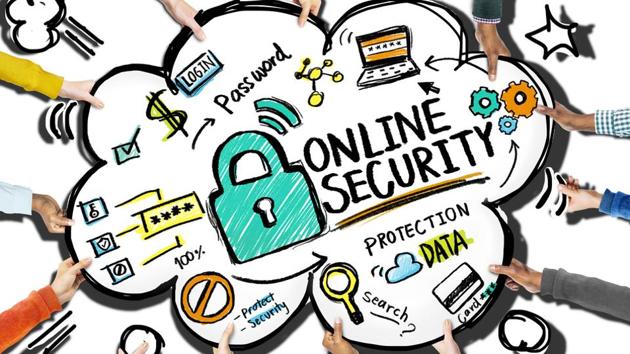
Today’s students use the internet more than any generation before them. Online classes, gaming, research, videos, and social media have become a part of everyday life. This makes cyber safety an essential skill for every student.
Why Digital Safety Matters
The internet is useful, but it also comes with risks:
- Fake profiles
- Scams and phishing
- Cyberbullying
- Data theft
- Harmful or misleading information
Learning online awareness protects students from these problems and helps them use the digital world responsibly.
Understanding Your Digital Footprint
Every post, picture, like, comment, or search leaves a trace online. This collection of data is called a digital footprint.
Students should learn:
- Think before sharing
- Never post personal information
- Avoid clicking unknown links
- Keep accounts private
Good online habits today can protect their future reputation, identity, and safety.
Safe Browsing Habits for Students
To stay safe online:
- Use strong passwords
- Don’t accept requests from strangers
- Avoid suspicious downloads
- Use secure websites (look for https)
- Report unsafe content or bullying
- Log out from public computers
These habits ensure a safe, positive digital experience.
How Parents and Schools Can Support Cyber Safety
Parents and teachers should discuss:
- What’s safe to share
- Which websites are trustworthy
- How to identify fake news
- What to do if students feel uncomfortable online
Open communication helps students feel confident when using digital tools.
Linking Digital Safety With Creativity
Safe internet usage supports learning and allows students to explore creative platforms without fear. When students understand cyber awareness, they can confidently participate in online competitions, design projects, and collaborative learning — fueling stronger creativity skills and innovative thinking.
